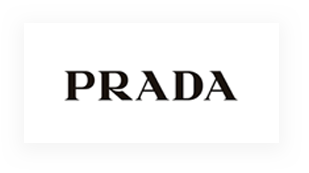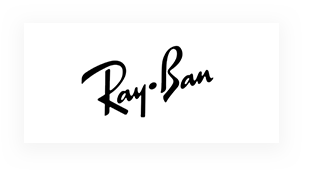Do Your Dry Eye Symptoms Flare Up Every Spring? There May Be a Connection With Your Seasonal Allergies.
Dry eye is a common condition that frustrates those who suffer from it. If you have wondered why your dry eye symptoms flare up every spring, seasonal allergies may be part of the answer.
If you’ve been diagnosed with dry eye, it may come at no surprise to you that dry eye symptoms tend to reach their peak in the spring. Coincidentally, so too do allergic conjunctivitis symptoms.
A recent study of 3.4 million eye clinic visits from 2006 – 2011 provided some interesting insight into dry eye and seasonal allergies. Notably, both are impacted by environmental causes.
A Brief Overview of Dry Eye
If you’re fairly well read on dry eye, skip this part and move on to the next section. If you’re just beginning to learn about dry eye, keep reading- this part is for you.
Dry eye is the term coined for the lack of proper lubrication of your eye. This may be due to your body not producing enough tears (called aqueous tear-deficient dry eye), or a result of the tears your body does produce being of poor quality (called evaporative dry eye). In either case, the end result is the same: your tears are not properly lubricating your eye.
Dry eye is influenced by a lot of things, including ambient air quality and humidity. Learn more about dry eye here.
Dry eye symptoms include:
- Pain and redness of the eye;
- A stinging, burning, or gritty sensation in the eye;
- Excessive tearing (which seems counter-intuitive);
- A sticky, stringy discharge from the eye;
- When distressed, the inability to cry;
- Significant eye fatigue
It’s important to note that these symptoms are very similar to symptoms of seasonal allergies.
Shared Properties Between Dry Eye and Seasonal Allergies
The April 2015 article we referenced earlier by Shirley Dang for the American Academy of Ophthalmology analyzed 3.4 million visits to eye clinics. This study found some interesting data, including these two important points:
- Dry eye symptoms reached their peak in April. This is also when the pollen counts are recorded as their highest. In Calgary, peak pollen counts occur in April and May.
- Approximately 21% of patients seen for symptoms related to seasonal allergies are diagnosed with dry eye in April.
This suggests that allergens in the air can exacerbate dry eye symptoms.
Are your symptoms a result of eye allergies or dry eye?
The only way to find out for sure is to be tested for dry eye. From there, our Optometrists can provide you the appropriate treatment for your symptoms.
One thing is for sure: if you experience persistent symptoms, as outlined above, it is worthwhile to investigate. A good time to discuss your dry eye/allergy symptoms is at your eye exam– come by, say hi, and let’s chat about the symptoms you’re experiencing.















